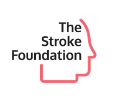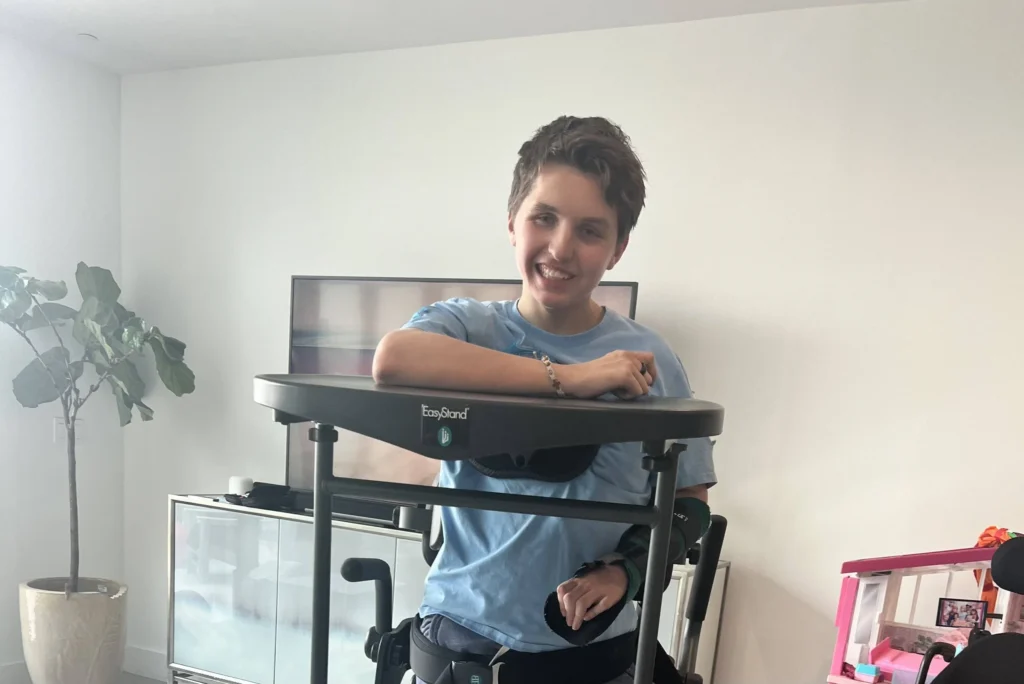Recovering from a stroke can be a challenging journey, but staying active plays a crucial role in rebuilding strength, improving mobility, and enhancing overall well-being. Exercise not only benefits the heart but also supports brain health by promoting neuroplasticity—the brain’s ability to rewire itself. For stroke survivors, low-impact exercises are a safe and effective way to stay active without putting too much strain on the body.
The Benefits of Low-Impact Exercise After a Stroke
Engaging in gentle physical activity can help stroke survivors in multiple ways, including:
- Improved Cardiovascular Health – Reducing the risk of future strokes by strengthening the heart and improving circulation.
- Enhanced Brain Function – Stimulating neuroplasticity, which helps the brain form new connections and regain lost abilities.
- Better Balance and Coordination – Lowering the risk of falls and improving mobility.
- Increased Strength and Flexibility – Helping with everyday tasks and promoting independence.
- Boosted Mental Well-being – Reducing stress, anxiety, and depression while improving confidence.
Safe and Effective Low-Impact Exercises
Here are some recommended low-impact workouts tailored for stroke survivors:
1. Seated Exercises
For those with limited mobility, chair exercises are a great starting point. Examples include:
- Seated Marching – Lifting one knee at a time to engage the lower body.
- Arm Raises – Raising arms overhead or to the sides to improve upper body strength.
- Seated Twists – Gently rotating the torso to enhance flexibility and core strength.
2. Walking and Gait Training
Walking is one of the most beneficial exercises for stroke recovery. Start with short distances and gradually increase as strength and endurance improve. Using a walker or cane for support can help maintain stability.
3. Water-Based Exercises
Aquatic therapy is excellent for stroke survivors as water provides natural resistance while reducing strain on the joints. Consider:
- Water Walking – Walking in shallow water to build strength.
- Gentle Leg and Arm Movements – Improving flexibility and coordination.
4. Yoga and Tai Chi
Both yoga and Tai Chi emphasize gentle movements, balance, and breathing techniques. These exercises can enhance coordination, reduce stress, and improve flexibility. Adaptive yoga classes specifically designed for stroke survivors are widely available.
5. Resistance Band Training
Using light resistance bands can help rebuild muscle strength. Simple exercises such as bicep curls, leg extensions, and shoulder presses can be done while seated or standing with support.
Tips for a Safe Exercise Routine
- Consult a Healthcare Professional – Always seek medical advice before starting a new exercise program.
- Start Slowly and Progress Gradually – Begin with short sessions and listen to your body.
- Stay Hydrated – Drink plenty of water before, during, and after exercise.
- Use Support if Needed – Utilize a chair, rail, or assistive device for stability.
- Exercise with a Partner – Having a caregiver, family member, or physiotherapist nearby can provide encouragement and assistance.
Exercise is a powerful tool for stroke recovery, helping to rebuild strength, improve mobility, and boost mental health. By incorporating low-impact activities into daily life, stroke survivors can regain independence and enhance their overall quality of life. Remember, every movement counts—stay active, stay safe, and celebrate progress one step at a time.





